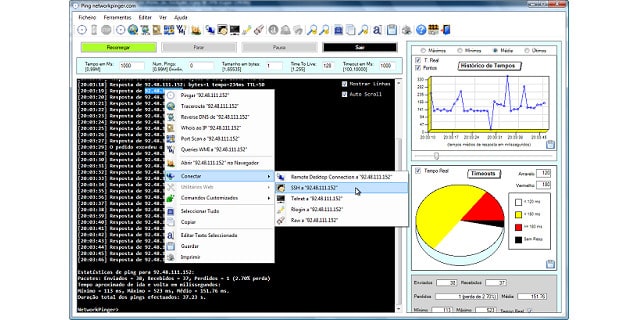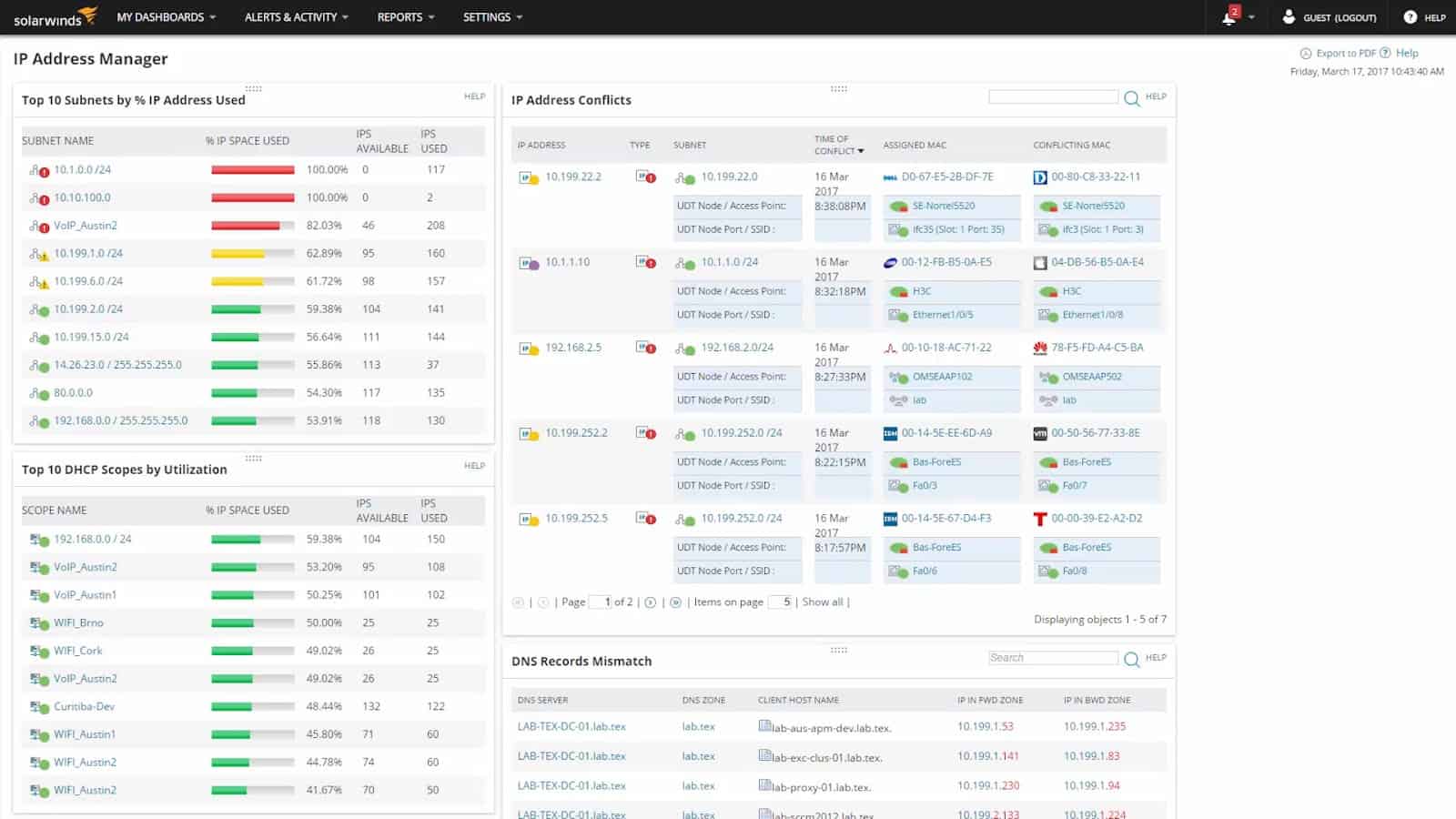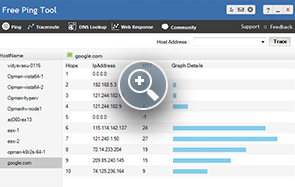
It could, for example, mean the device is damaged or overloaded. When a device doesn’t comply with this trend, this could be evidence of an issue needing to be addressed. During a ping sweep in which all network devices are tested, healthy devices should respond within a narrow time frame. Each of these inputs can potentially produce different information, which could inform diagnostics and general IP address management strategies.Ī user might identify an issue flagged by an echo response via the time output field. An IP address input will result in a direct round-trip time result (RTT). A domain name input, on the other hand, will first access the domain’s web server. If you input a hostname for a device on a network, for instance, the ping route will be directed to the local DNS server so it can acquire the relevant IP address. The input determines the route taken by the echo request, with the potential to expose any delays or issues with the route, so steps can be taken to fix them.

When the echo request is sent, the input value can either be a host, a domain name, or an IP address. The echo response then replies, and the nature of the reply can reveal important information about the IP address range the ping was sent to. Essentially, an echo request is the packet of data sent to either a specific IP address or a range of IP addresses.

These hosts are typically computers, but anything can be a host, including printers, computer systems, websites, networks, and devices.Įcho request and echo response are the two fundamental aspects of how ping functions. “Ping sweep” is the more popular name for an Internet Control Message Protocol (ICMP) sweep, a simple way of diagnosing potential network issues and identifying IP addresses used by “live” or “dead” hosts.It’s a command-line utility, a standard component of a network administrator’s capabilities. Ping is available on any device connected to a network.This is the technical origin of ping, which is now more commonly linked with IP network utility and what we call ping sweeps. A submarine with active sonar projects a sound, or a ping, which bounces back if it encounters an obstacle, like another submarine. “Ping” was first coined as a technical term by the sonar technology industry, when it was associated with the detection capabilities of submarines.
#FREE PING SWEEP TOOL HOW TO#
How to Choose a Software to Ping IP Range Understanding Ping and Ping Sweep My list of best ping sweep tools kicks off with SolarWinds ® IP Address Manager, which in my view is the best combination IPAM and ping sweep tool on the market.Ĭomplementary and Alternative Tools to Ping Sweep

Following an overview of ping sweep, I’ve compiled a list of the top ping sweep software available today. To help you understand ping and identify your needs, I’ve broken down the jargon and the core elements of the ping sweep market into digestible sections. The market is bursting with tools and software, each with its own advantages and disadvantages, and the technical jargon can be confusing, with common lingo including terms like ping scan, echo request, and IPAM.

But finding the right tool to ping a range of IP addresses can be tricky. If you’re looking for software to ping multiple IP addresses, then you might need a ping sweep tool.


 0 kommentar(er)
0 kommentar(er)
